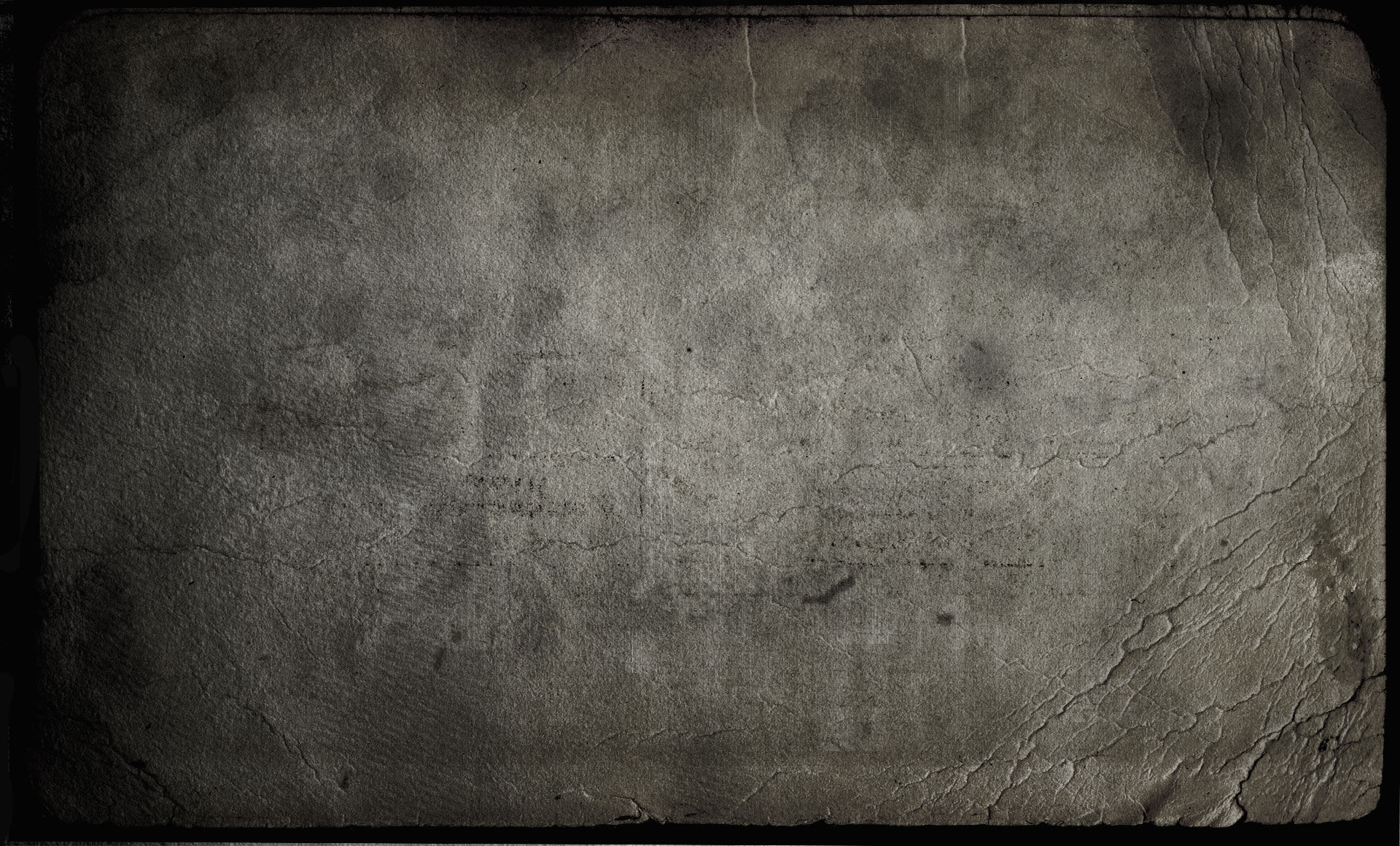DASK: Sol (2018)
- Sylvain Lupari

- Mar 1, 2018
- 4 min read
Updated: Jul 7, 2022
“More in an ambient style, Sol always dips in those more or less complex musical patterns that make of DASK one of the most interesting new comers of these past 2 years”

1 Daybreak 2:14 2 Shards of Light 3:07 3 State of Stability 13:02 4 State of Flux 12:54 5 Stray Photons 6:13 6 Hydrogen Exhaustion 3:50 7 Sol 14:57 8 Ascending the Giant Phase 6:52 9 Scorched Earth 9:54 10 Not the End 2:26
(CD-r/DDL 73:51) (V.F.)
(Berlin School)
The least we can say is that DASK is rather prolific since Abiogenesis landed on the Internet at the beginning of 2017. If the first albums were transported by the influences of Tangerine Dream, it's different with this SOL. There are many more ambiospherical elements here, as also some distant essences of Vangelis and of his album Soil Festivities, on this exploratory EM which was inspired by the documentary Swallowed by the Sun from National Geographic. The rhythms are sometimes rebel and often delicate. From time to time, they inspire a bigger peace of mind than the textures of ambiences which converge on the same theme; the boiling of earth's crust. Who says DASK, also says more experimental textures, as in State of Flux which is a good example of the cross between Vangelis and Berlin School. Those who likes the implosions of Air Sculpture will be delighted by this title. In the end, we have a very good album rather well divided between its phases of ambiences here which dominate more often than otherwise the structures of rhythms built on sequences which watch over the evolutions of arid landscapes and criss-cross in the mosaics where these ambiences remain the engine of the universe of SOL.
And the album begins exactly with a very Vangelis cosmic approach. Daybreak is the witness of these influences with keyboard chords coated of a soft musicality which float throughout a great deal of dark breezes blowing in a horizontal corridor. Shards of Light possesses the colors of its title. You have to hear these glass arpeggios to tinkle in a fascinating astral choreography. The movement is sparkling and adorned by diverse synth lines and their melancholic, and sometimes disturbing, lamentations. State of Stability starts slowly. Its intro is cuddled by breezes of iodine and by iridescent synth lines, where is drowning a deformed pulsation. A better detailed pulsation gets crystallize in the port of 3 minutes. Chants from a synth welcome this semi-procession of a ghost rhythm which hears a sequence making a series of rotations. These zigzags anchor even more the skeleton of the floating rhythm of State of Stability. The synths throw jets of sonic ink which paint the musical firmament with clouds a bit psychedelic. These sequences wake in me the sketches of Tangerine Dream rhythms of the 74 to 81 years and they may unwind some kicking that the structure of State of Stability remains relatively ambient. Different but not too much, the soundscape of State of Flux is more active with a troop of sequence lines which run on a vast hunting ground to find this beast here which would make our eardrums tremble. The activity of the sequencer here and its multi-line of incomplete rhythms stay as much attractive as a landscape of meditative vibes, although that sometimes we say to ourselves that the rhythmic beast is not really far.
Stray Photons is a superb melody for sequencer and synthesizer. Both instruments weave each its harmonic bed where flow chords and keys in an enticing harmonious structure of which the roots remind me Tomita's Snowflakes Are Dancing. Superb! The hairs of my arms look for the heat of the ceiling. Hydrogen Exhaustion hides a good structure of rhythm of which the beating is very close to a circadian movement. Except that here it's the synths which are masters of the charms with a pile of foggy layers from where a delicate melody blown by the unknown goes out. The unknown or the apocalyptic, SOL plunges us into a nightmarish movement with strata of cellos which structure various forms of staccato. This universe of orchestrations reminds me a little this movement of intensity which surrounded the divine melody of Frozen Breath that we find on the album Brain Voyager from Robert Schroeder. The melody part, sludgy and vaguer, inhales these anesthetic layers of Vangelis. This title, a little bit long, embellishes quite well the images in sounds from the vision of David Marsh, the artist behind DASK. Intensity and announced disaster are the catalysts of SOL. They furnish the structure of Ascending the Giant Phase and its hasty beatings which support a narrative not very optimistic regarding the global warming. Scorched Earth sounds to be a title of peaceful ambiences which wears a look of condolence on a burned Earth, whereas Not the End ends with a more encouraging vision. The sequences, forged like guitar riffs, throw a rhythm of ambient rock. They subdivide their tones, so that others, coming from the same mold, get loose to seduce a sense of hearing that Michael Rother has already seduced with the same kind of electronic ballad where we dance in our head. It's a nice way to conclude an album quite interesting and of which the music reflects in all points of view its documentary vision.
Sylvain Lupari (March 1st, 2018) ***¾**
Available at DASK Bandcamp




Comentarios